
If you find your chrome becomes slower than usual, don’t worry! You’re not alone. Many users are reporting this annoying issue.
The good news is you can fix it on your own. You should be able to fix the Chrome slow issue easily with the fixes we list below.
Fixes to try:
You may not have to try them all. Just work your way down the list until you find the one that works.
- Close those unnecessary tabs
- Disable the Chrome apps and extensions you don’t need
- Enable the prediction service on your Chrome
- Clear your old stuck browser data
- Disable hardware acceleration
- Check your PC for malware in your Chrome and reset your browser settings
- Update your Chrome to the latest version
- Bonus tip: Update your network driver
Fix 1: Close those unnecessary tabs
You may run into the Chrome slow issue if you’ve opened too many tabs on your Chrome. Since in Chrome, each tab opens its own process on your PC. These tabs will consume lots of resources, which will trigger the Chrome slow issue.
If you want to know more information about how many resources your chrome consumes, you just need to open Task Manager by pressing Ctrl, Shift and Esc at the same time on your keyboard. You will be prompted for permission. Click Yes to open Task Manager.
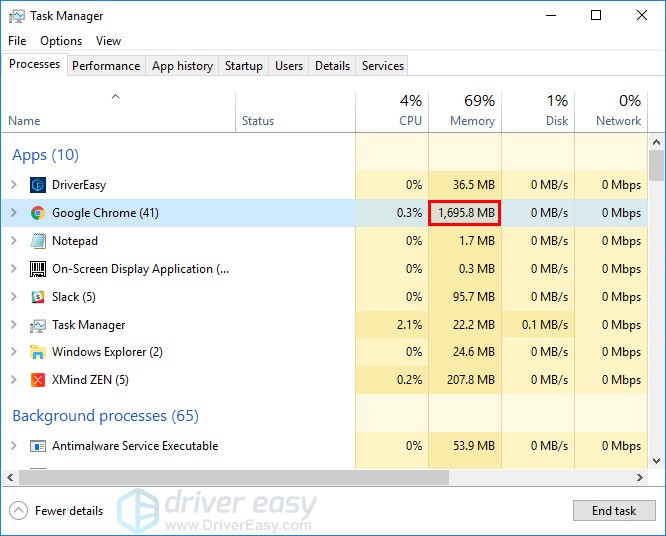
So, close those unnecessary tabs to see if the Chrome slow issue persists. If this issue reappears, try the next fix.
Fix 2: Disable the Chrome apps and extensions you don’t need
The apps and extensions on your Chrome can also consume lots of resources when you’re surfing the Internet on Chrome. Try disabling the apps and extensions you don’t need any more to see if this issue persists. Here is how to do it:
- On your Google Chrome, click the menu button in the upper-right corner. Select More tools > Extensions.
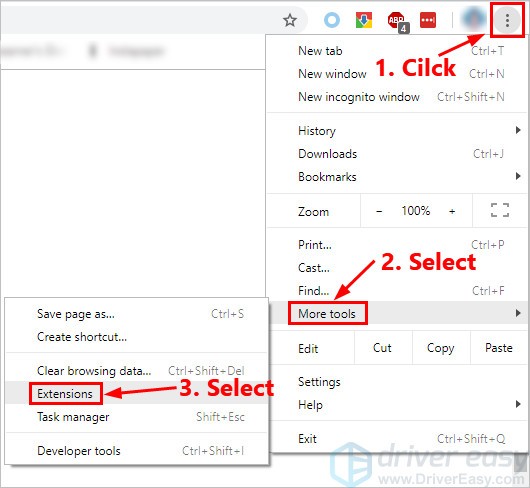
- Turn off the toggle on the lower-right corner of the Chrome apps and extensions you don’t need any more to disable them.

After disabling some Chrome apps and extensions, hopefully you should notice a difference in speed on your Chrome. If this fix fails to resolve the Chrome slow issue, don’t worry, there are more fixes for your to try.
Fix 3: Enable the prediction service on your Chrome
The prediction service on your Chrome is a feature that allows Chrome to predict your actions ahead of time so that it can speed up the page load times. Check if you enabled this feature, if not, follow the instructions below to enable it:
- On your Google Chrome, click the menu button in the upper-right corner. Select Settings.
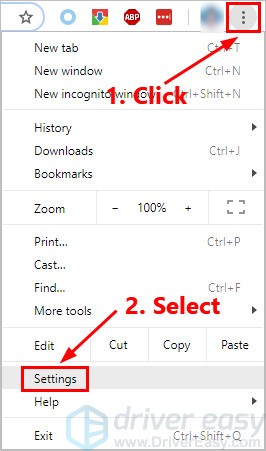
- In the search bar, type prediction and then turn on the toggle next to Use a prediction service to load pages more quickly.

- Reopen your Chrome.
See if this issue reappears. If not, you’ve fixed this issue. If the issue persists, try clearing your old stuck browser data.
Fix 4: Clear your old stuck browser data
This annoying issue is also probably caused by the cache and history data on your Chrome. So it is suggested that you clear the browsing data on your browser. Here is how to do it:
- On your Chrome, press Ctrl, Shift and Delete on your keyboard at the same time. A data clearing window will pop up.
- Set the time range to cover from when you started to use your browser till now.
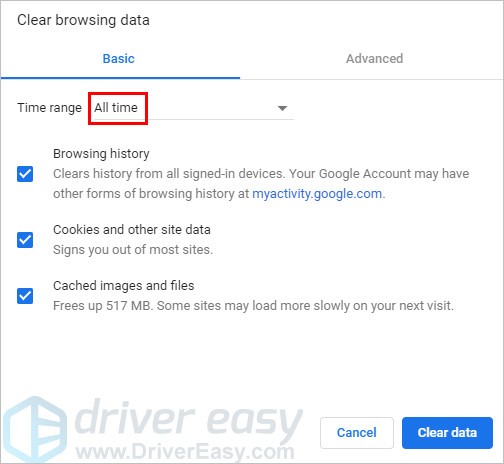
- Navigate to the Advanced tab and select all the items to clear.
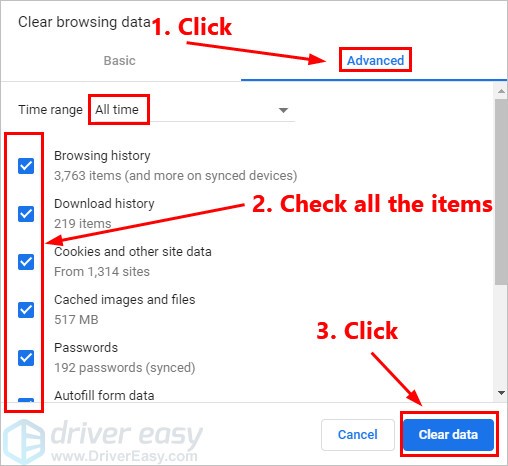
- Reopen your Chrome.
Check to see if this annoying issue reappears. If not, you have resolved this issue. If this issue persists, there are more fixes to try.
Fix 5: Disable hardware acceleration
Enabling hardware acceleration allows your browser to rely on the GPU, not solely the CPU to render web pages. In the most cases, it will speed things up. But sometimes hardware acceleration can bring about unexpected issues. So, try disabling hardware acceleration on your browsers to see if the Chrome slow issue persists. Here is how to do it:
- On your Google Chrome, click the menu button in the upper-right corner. Then select Settings.
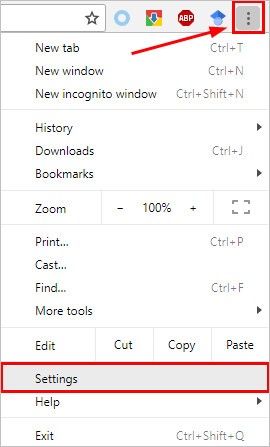
- In the search bar, type hardware. Then turn off the toggle next to the feature Use hardware acceleration when available.

- Reopen your Chrome.
See if the Chrome slow issue is resolved. If not, try resetting your browser settings.
Fix 6: Check your PC for malware in your Chrome and reset your browser settings
You may run into this issue if your Chrome is affected by malware. Try checking your PC for malware in your Chrome, and then reset your browser settings. Here is how to do it:
To check your PC for malware in your Chrome:
- On your Google Chrome, click the menu button in the upper-right corner. Then select Settings.

- In the search bar, type reset and then click Clean up computer.

- Click Find to check for harmful software.

- Click Remove if you’re asked to remove unwanted software.
To reset your browser settings:
- On your Google Chrome, click the menu button in the upper right corner. Then select Settings.

- In the search bar, type reset and then click Restore settings to their original defaults.

- Click Reset settings.
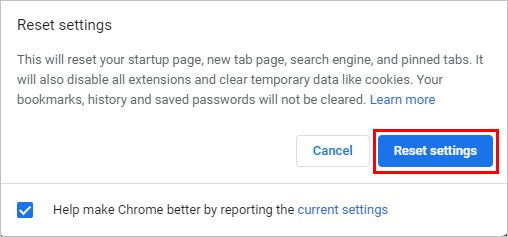 After resetting the browser settings, you need to enable the extensions you trust. If you don’t know how to do it, refer to Fix 2 to turn on the toggle on the lower-right corner of the extensions you trust.
After resetting the browser settings, you need to enable the extensions you trust. If you don’t know how to do it, refer to Fix 2 to turn on the toggle on the lower-right corner of the extensions you trust.
See if this annoying issue persists. If so, try updating your Chrome to the latest version.
Fix 7: Update your Chrome to the latest version
If your Chrome is out of date, this issue may occur. So try updating your Chrome to the latest version. Here is how to do it:
- On your Google Chrome, click the menu button in the upper-right corner. Then select Help > About google Chrome.
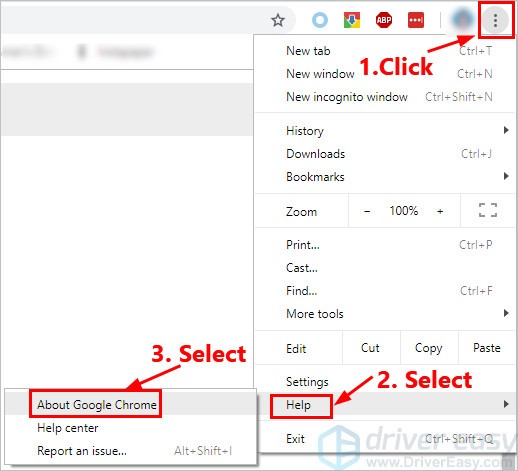
- Wait until your Chrome updates itself to the latest version.
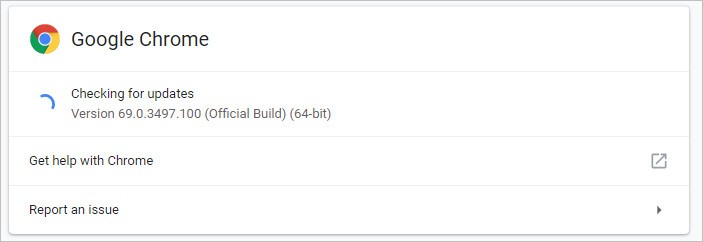
- Reopen your Chrome.
See if this issue reappears. If not, you’ve fixed this annoying issue.
Bonus Tip: Update your network driver
If the network driver on your PC is missing or outdated, it may also cause the Chrome slow issue. Try updating your network driver to see if the Chrome slow issue persists.
There are two ways to update drivers: manually and automatically.
Manually update your drivers – You can manually update the network driver by searching the correct driver that is matched with your Windows OS on the manufacturer’s website, and install it on your computer.
Or
Update your drivers automatically – If you don’t have the time, patience or computer skills to update your drivers manually, you can, instead, do it automatically with Driver Easy. You don’t need to know exactly what system your computer is running, you don’t need to risk downloading and installing the wrong driver, and you don’t need to worry about making a mistake when installing.
You can update your drivers automatically with either the FREE or the Pro version of Driver Easy. But with the Pro version it takes just 2 clicks (and you get full support and a 30-day money back guarantee):
- Download and install Driver Easy.
- Run Driver Easy and click the Scan Now button. Driver Easy will then scan your computer and detect any problem drivers.
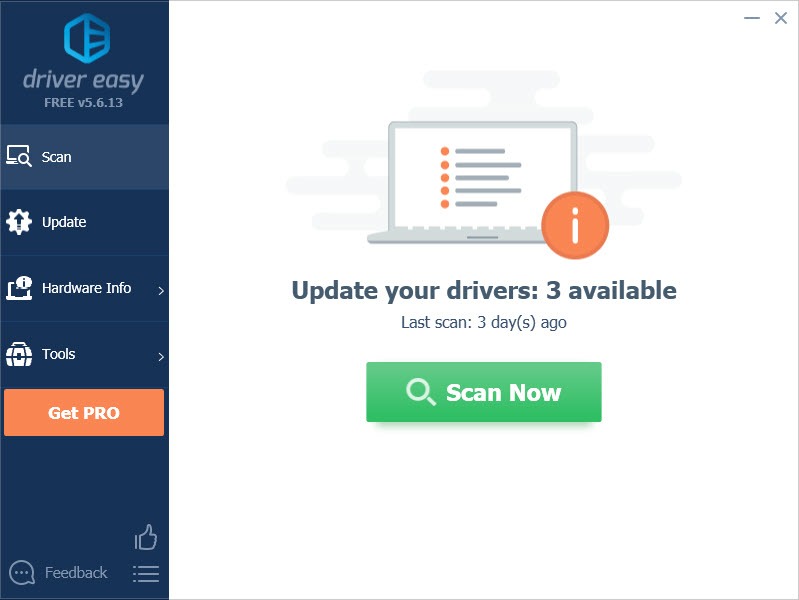
- Click Update next to your network device to automatically download the correct version of this driver, then you can install it manually. Or click Update All to automatically download and install the correct version of all the drivers that are missing or out of date on your system (this requires the Pro version – you’ll be prompted to upgrade when you click Update All).
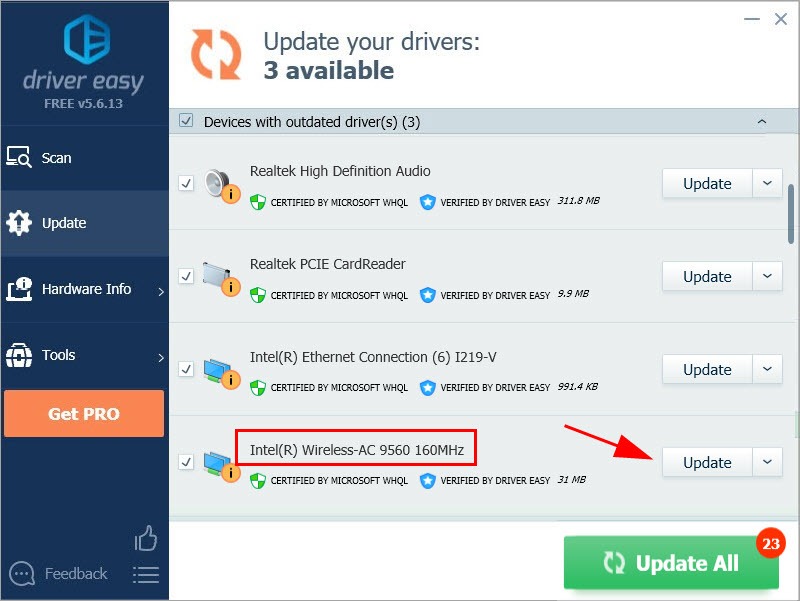
Hopefully one of the fixes above can help you resolve your problem. Please leave your comment below if you have any questions.






